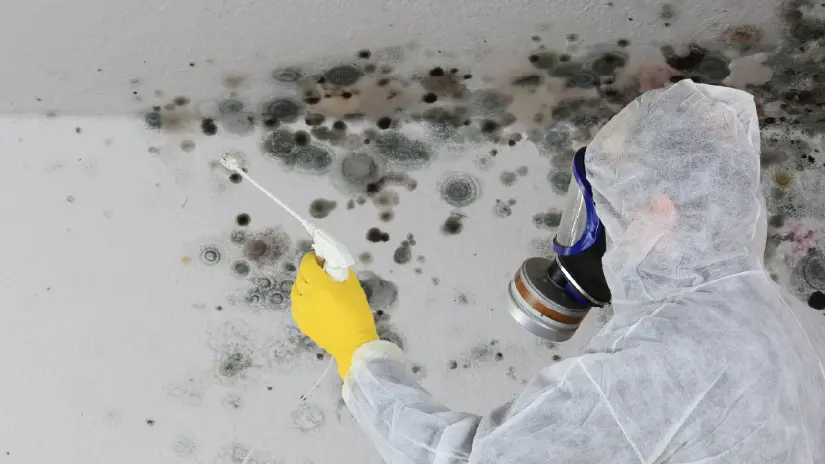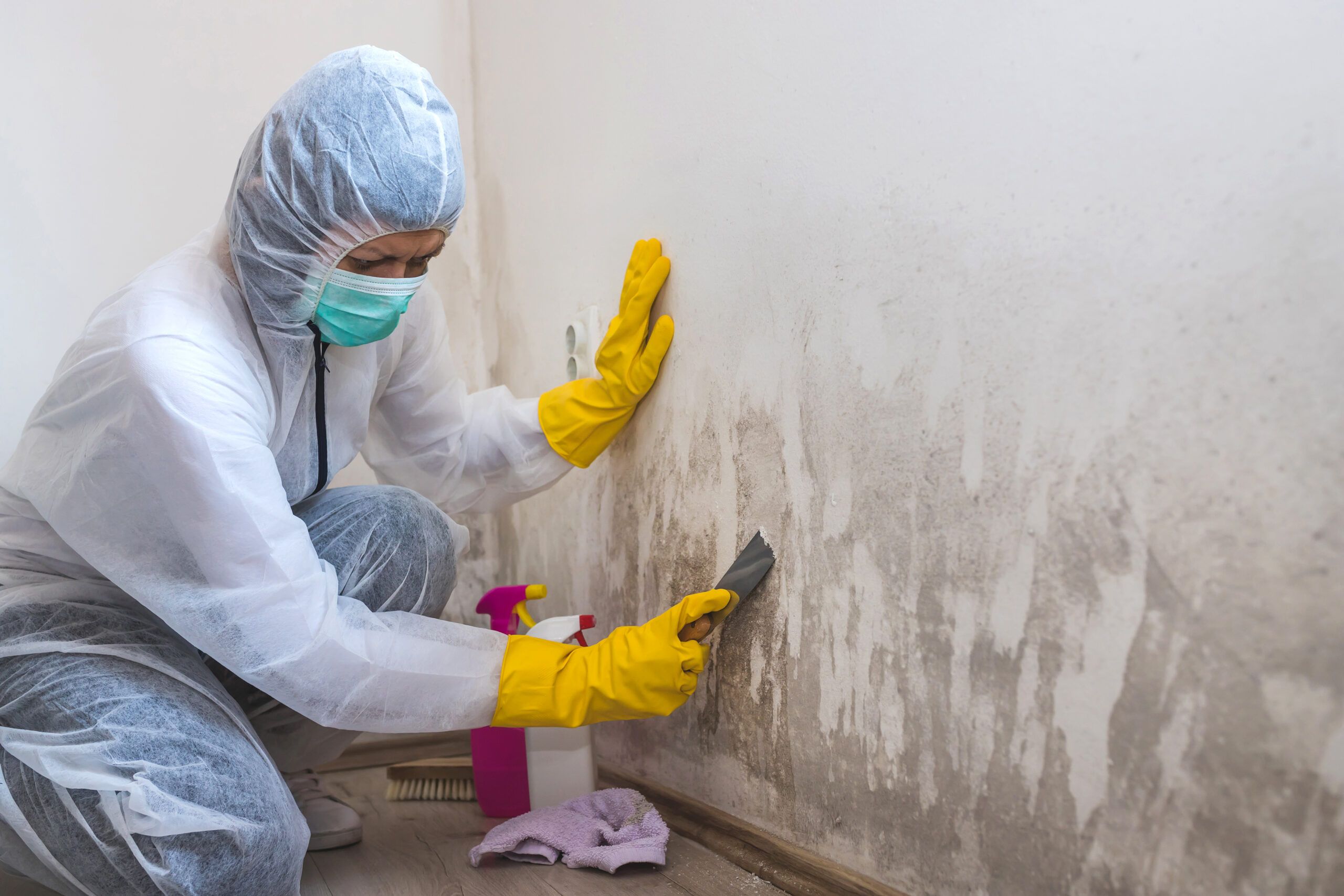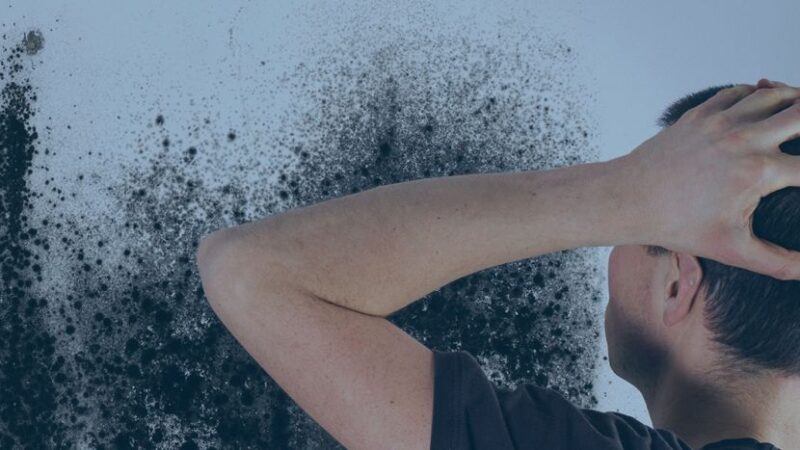Mold can be an insidious intruder in our homes, creeping into corners and hidden spaces, often without our notice until it’s too late. If you suspect that your sanctuary is harboring this unwanted guest, it’s essential to act swiftly and decisively.
Knowing how to identify, address, and prevent mold can mean the difference between a minor inconvenience and a major health risk. In this comprehensive guide, we’ll explore the telltale signs of mold, effective strategies for remediation, and best practices for prevention, arming you with the knowledge needed to protect your home and well-being.
So, let’s dive deep into the world of mold — the hidden danger lurking in the shadows.
Identifying Signs of Mold

Identifying signs of mold in your home requires a keen eye and a sense of urgency. The most obvious indication is the presence of dark patches on walls, ceilings, or floors, often appearing in damp areas like bathrooms or basements.
However, don’t just rely on visuals; be vigilant for musty odors, which can signal hidden mold colonies lurking behind walls or under carpets. Unexplained health issues among family members—such as respiratory problems, allergic reactions, or persistent headaches—might also point to a mold problem.
Additionally, keep an eye out for water stains or peeling paint, which could be precursors to a more significant mold infestation. If you notice any of these signs, it’s crucial to act swiftly—mold can proliferate at an alarming rate, posing risks not just to your property, but to your health as well.
Professional Help: When to Call an Expert

When it comes to dealing with mold in your home, knowing when to call in an expert can make all the difference. If you spot extensive mold growth—larger than a foot square—or if it recurs despite your best cleaning efforts, it’s a clear sign that the problem may be more than just cosmetic.
Furthermore, if you or any family members experience health issues, such as persistent allergies, respiratory problems, or unexplained fatigue that coincides with mold visibility, don’t hesitate to seek professional assistance. Experts can conduct thorough inspections, identify hidden mold, and uncover the root cause of moisture issues, ensuring a comprehensive solution.
Remember, addressing mold isn’t just about aesthetics—it’s about safeguarding your home and your health.
Preventing Future Mold Growth

Preventing future mold growth requires a proactive approach, as once those spores find a cozy nook, they can multiply rapidly. First and foremost, control moisture levels—this is the key.
Use dehumidifiers in damp areas, such as basements and bathrooms, and fix any leaks immediately to keep the humidity at bay. Ensure proper ventilation, especially in kitchens and laundry rooms; exhaust fans can work wonders.
Consider using mold-resistant paints and materials during renovations—biting the bullet now could save you extensive headaches later. And don’t forget to routinely inspect your home for potential problem spots.
Just a few simple lifestyle adjustments can significantly diminish the odds of mold returning to your sanctuary. Stay vigilant, and you’ll be taking the crucial steps toward a mold-free home.
Conclusion
In conclusion, addressing mold in your home is crucial for ensuring the health and safety of your household. If you suspect mold growth, it’s essential to act promptly by identifying the source of moisture and taking appropriate remediation steps.
Whether you choose to tackle minor issues yourself or enlist the help of professionals, such as a reputable Mold Inspection Company, timely action can prevent further damage and protect your living environment. Remember, maintaining proper ventilation, regular inspections, and immediate responses to leaks can significantly reduce the likelihood of mold growth and contribute to a healthier home.
By being proactive and informed, you can safeguard your living space from the detrimental effects of mold.


